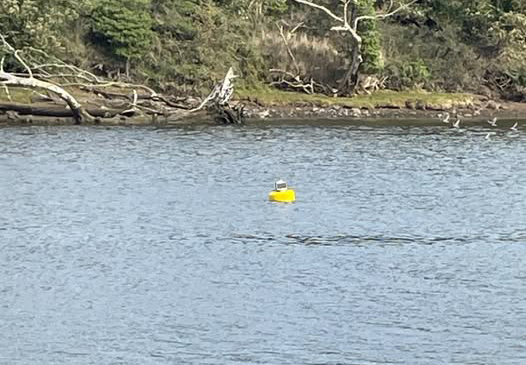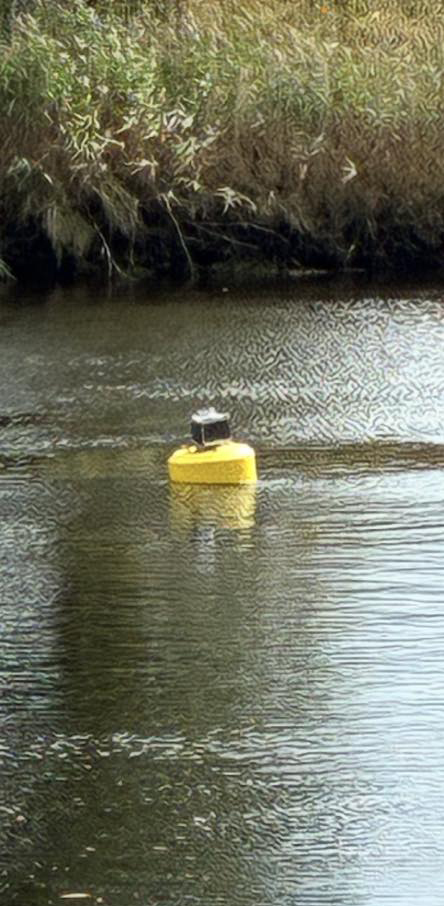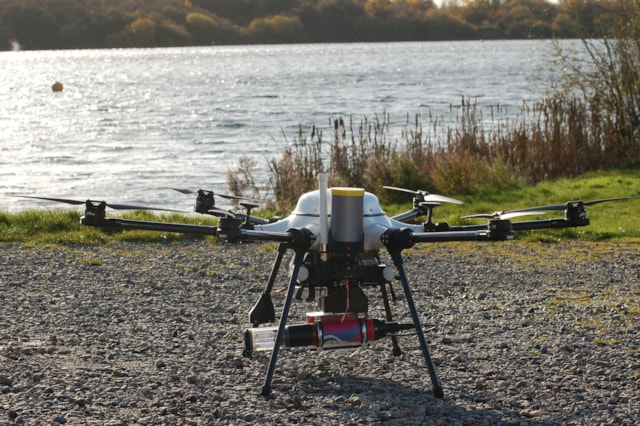Testing equipment for monitoring water quality in the Coquet estuary
Water quality testing is being carried out along the Coquet estuary, with initial trials of state-of-the-art monitoring equipment already underway.
If you have passed along Rotary Way recently and noticed the yellow bouys in the Coquet estuary, you would not be alone in wondering what they’re all about.
Northumbrian Water (NWL) told The Ambler that the buoys are part of a national water industry investigation into water quality monitoring in estuarine and coastal environments.

📷 Two yellow bouys in the Coquet estuary are part of a national water quality investigation project.
In fact trials of several different technologies have been carried out as part of this project, and the River Coquet saw the world’s first test of one groundbreaking device.
A Northumbrian Water spokesperson said: “As part of a Water Industry National Environment Programme (WINEP) project, we’ve been trialling existing and innovative technology to help identify the most suitable equipment to monitor river and coastal water quality across the region.

📷 Yellow bouy in the Coquet estuary. Photo Jayne Hamilton
“Two yellow data buoys have been installed in the Coquet estuary to monitor key indicators such as oxygen levels, temperature, and turbidity. In the coming months, we’ll be installing a further two buoys just outside the estuary to support our coastal investigations.”
A world-first trial
Readers may know that the River Coquet was the site of a pioneering trial of some of the drone technology being used in the water monitoring project.
In October 2024, NWL and partners carried out a world-first drone trial, to develop technology that would take readings from a number of locations along the Coquet. This two month trial led to an innovation project supported by Ofwat and the next stage of the drone trial is planned for this month (October).

📷 An automated drone is used to collect water samples. Image Northumbrian Water Ltd
The project uses automated drones to sample the estuary water using a ‘lab in a box’ system. Samples are collected by the drones, then dropped off at the docking station on a shipping container-style laboratory. In this way, the water samples can be analysed much faster than having to collect them and send them off, as with conventional testing procedures. Locations for the ‘lab in a box’ trial have yet to be confirmed.
The spokesperson added: “Protecting the environment is a top priority for us, and these investigations are helping us understand the best ways to monitor and care for our water environments in future.”
Anna Williams












